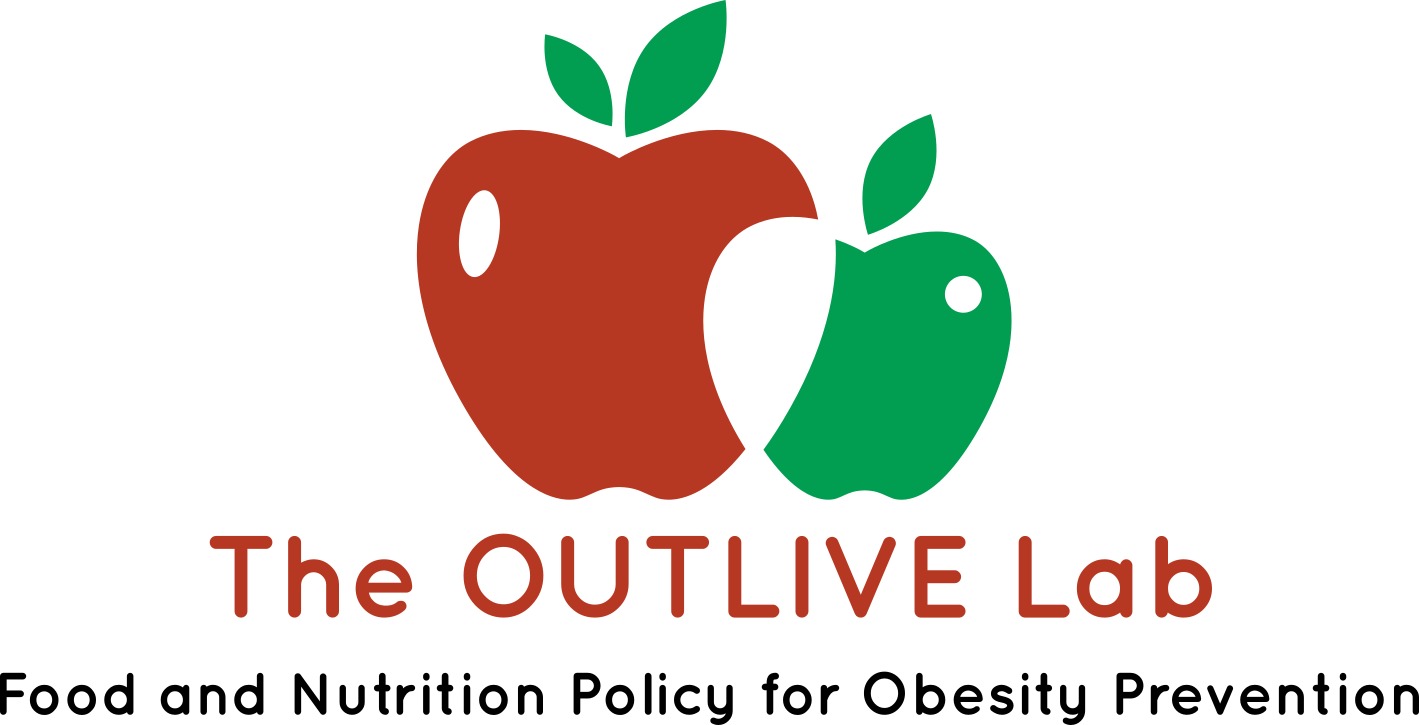Current Projects
Food & Beverage Marketing
Food and beverage advertising impacts the intake and health-related behaviours of children and youth. The OUTLIVE Lab is currently conducting studies that investigate the impact of:
Digital Marketing
Children and adolescents are frequently targeted by food and beverage marketing on digital media. This includes marketing that uses the internet or social media applications to deliver commercial messages on smartphones, tablets, and computers. The OUTLIVE Lab currently has research studies underway that examine:
The exposure frequency, healthfulness, and power of marketing on digital devices.
The exposure frequency, healthfulness, and power of marketing by social media influencers.
The impact of social media influencers on children’s health-related attitudes and behaviours.
Gendered differences in child and youth exposure to unhealthy food marketing in digital media.
Methods that can be used to accurately track children’s exposure to digital marketing on smartphones and tablets.
Food company practices on their social media accounts.
Extent of company tracking on child behaviours on food applications.
Television Marketing
Canadian youth watch between 10 to 22 hours of television per week. As such, television continues to be a significant source of food and beverage marketing. The OUTLIVE Lab is currently conducting several studies on food and beverage advertising on television. The OUTLIVE Lab also continues to assess the impact of industry (i.e. The Code for the Responsible Advertising of Food and Beverage Products to Children) and government (i.e. Quebec’s Consumer Protection Act) initiatives on the frequency, healthfulness and persuasive power of television advertising to children and adolescents. Research studies underway include:
Adult-targeted food and beverage television advertising on children’s health-related behaviours and intake.
Children’s exposure, the healthfulness, and the power of food advertising on television over time in Canada.
The levels of food advertising to children and adolescents across Canada, and the differences in exposure across Canadian cities, between children and adolescents, and between sexes.
The frequency of adult-targeted vs child-targeted food and beverage advertising.
The frequency, healthfulness, and power of food advertising on Canadian child and generalist television stations.
Alcohol & Gambling marketing
The OUTLIVE Lab has recently begun conducting studies that analyze alcohol and gambling advertising. Studies underway include:
Adult-targeted food and beverage television advertising on children’s health-related behaviours and intake.
The impact of alcohol marketing on children’s health-related attitudes and behaviours.
The extent and nature of alcohol marketing by social media influencers on social media platforms.
The frequency and power of alcohol and gambling advertisements on Canadian child and generalist television stations.
Sport Sponsorship
Food and beverage company sponsorship is an influential, yet often overlooked, form of marketing. While research has shown that this form of marketing does influence children, little research to date has investigated food company sponsorship of organized sports among children in Canada. The OUTLIVE Lab is currently conducting a study funded by CIHR that aims to examine:
The extent and nature of food company sponsorship in sports popular with children in two policy environments in Canada (i.e. Quebec and Ontario).
The views of children, parents and sports club officials on food company sponsorship.
The financial contribution of food and beverage companies to sport sponsorship in Canada.
The impact of food sponsorship on the health-related behaviours of children.
The international food policy study
The OUTLIVE Lab is also involved in the International Food Policy Study which collects survey data about dietary patterns and health behaviours of children and adults from Australia, Canada, Mexico, the United Kingdom, the United States, and Chile. These data are used to evaluate differences in food policies worldwide as well as assess the impact of food policies on dietary behaviour.





